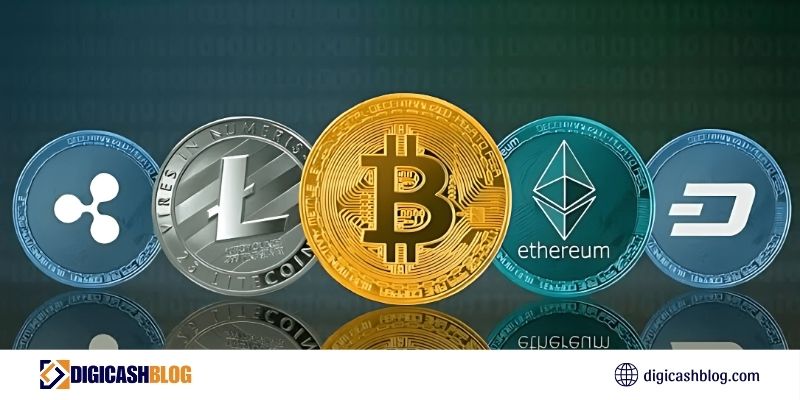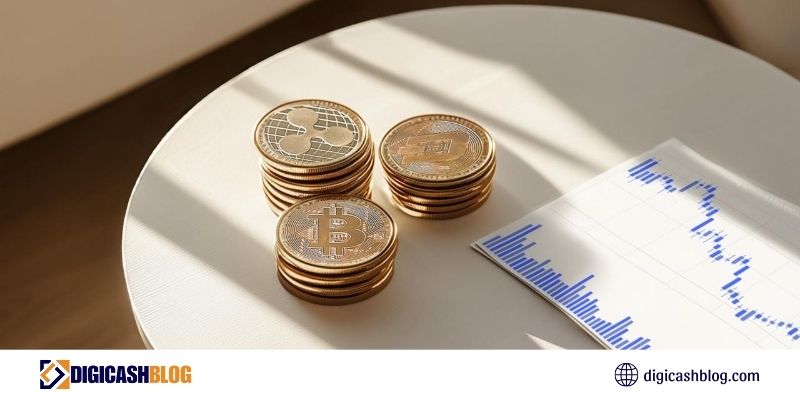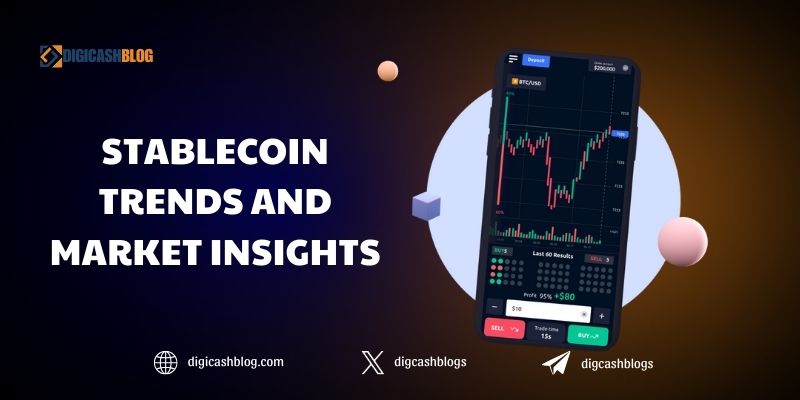In recent years, stablecoin trends and market insights have become a critical topic in the cryptocurrency landscape. As digital assets continue to evolve, stablecoins offer a crucial bridge between traditional finance and decentralized finance (DeFi). These assets are designed to maintain a stable value, often pegged to fiat currencies like the US dollar, making them an essential tool for traders, investors, and institutions navigating the volatile crypto market.
This article explores the latest stablecoin trends and market insights, examining their adoption, regulatory challenges, technological advancements, and their impact on the broader financial ecosystem. By understanding these trends, stakeholders can make informed decisions in the rapidly changing digital economy.

Understanding Stablecoins and Their Market Role
What Are Stablecoins?
Stablecoins are a category of cryptocurrencies designed to maintain a fixed value by pegging them to an underlying asset. They are classified into three primary types:
- Fiat-collateralized stablecoins (e.g., USDT, USDC) backed by reserves of traditional currencies.
- Crypto-collateralized stablecoins (e.g., DAI) backed by other cryptocurrencies and governed by smart contracts.
- Algorithmic stablecoins (e.g., FRAX, UST before its collapse), which use algorithmic mechanisms to maintain price stability.
The Importance of Stablecoins in Crypto Markets
Stablecoins serve multiple purposes, including facilitating trading, providing a store of value, enabling cross-border payments, and enhancing liquidity in DeFi protocols. Their role in reducing volatility has made them a foundational component of the cryptocurrency ecosystem.
Key Stablecoin Trends and Market Insights
The Growth of Stablecoin Adoption
One of the most significant stablecoin trends and market insights is the growing adoption of stablecoins in both retail and institutional finance. Users prefer stablecoins for their low transaction costs, fast settlement times, and stability compared to other volatile digital assets.
Data from major blockchain analytics platforms show that the total stablecoin supply has surpassed $150 billion, with USDT and USDC dominating the market. Increased institutional interest, especially from hedge funds and asset managers, has contributed to this growth.
The Rise of Decentralized Stablecoins
Decentralized stablecoins, such as DAI and LUSD, have gained traction as users seek alternatives to centralized options. These stablecoins leverage smart contracts and decentralized governance models, reducing reliance on traditional banking institutions.
Projects like MakerDAO and Frax Finance are leading innovations in decentralized stablecoin design, providing users with censorship-resistant digital assets that enhance DeFi ecosystem liquidity.
The Impact of Regulatory Developments
Regulatory scrutiny is shaping stablecoin trends and market insights, as governments worldwide seek to implement clear frameworks for stablecoin issuance and oversight. The U.S. and European Union have introduced regulatory proposals that require stablecoin issuers to maintain adequate reserves and ensure compliance with financial laws.
The introduction of central bank digital currencies (CBDCs) also presents both challenges and opportunities for stablecoins. While CBDCs aim to provide state-backed digital currencies, stablecoins continue to offer unique benefits, such as programmability and interoperability with DeFi applications.

Stablecoin Use Cases in DeFi and TradFi
Stablecoins in Decentralized Finance (DeFi)
Stablecoins play a crucial role in DeFi by enabling:
Yield farming and staking: Users provide liquidity to DeFi protocols in exchange for interest.
Collateral for lending and borrowing: Platforms like Aave and Compound allow users to take out loans using stablecoins.
Liquidity provision on DEXs: Stablecoins ensure smoother transactions and reduce slippage in decentralized trading platforms.
Stablecoins in Traditional Finance (TradFi)
Beyond DeFi, stablecoins are finding increasing applications in traditional finance, including:
Remittances: Faster and cheaper cross-border transactions compared to traditional banking.
Institutional settlements: Some financial institutions use stablecoins to settle transactions efficiently.
Corporate treasury management: Companies are holding stablecoins as a hedge against inflation and currency fluctuations.
Risks and Challenges in the Stablecoin Market
Centralization and Counterparty Risks
Most stablecoins are issued by centralized entities, raising concerns about transparency and counterparty risk. Users must trust that issuers hold sufficient reserves to back their stablecoins fully.
Algorithmic Stablecoin Failures
The collapse of Terra’s UST highlighted the risks of algorithmic stablecoins. Without proper mechanisms, these stablecoins can experience depegging, leading to significant losses for investors.
Regulatory Uncertainty
Ongoing regulatory developments could impact the growth of the stablecoin market. Strict regulations may affect issuers’ ability to operate, potentially limiting innovation.

The Future of Stablecoins: Emerging Trends
The Role of CBDCs and Stablecoin Coexistence
Central banks are exploring digital currencies, but stablecoins are expected to remain relevant due to their flexibility, DeFi integrations, and multi-chain capabilities.
Multi-Chain Stablecoins
Stablecoins are expanding across multiple blockchains, enhancing cross-chain liquidity and interoperability. Projects like USDC and DAI are now available on Ethereum, Binance Smart Chain, Solana, and Polygon, broadening their use cases.
Institutional Adoption and Stablecoin-Backed Bonds
Institutions are exploring the issuance of stablecoin-backed bonds and tokenized assets, further integrating blockchain technology with traditional finance.
Understanding stablecoin trends and market insights is essential for anyone involved in crypto and blockchain technology. From DeFi innovations to institutional adoption and regulatory changes, stablecoins continue to play a crucial role in shaping the future of digital finance. As the market matures, staying informed about these trends will help traders, investors, and businesses navigate the evolving landscape.
To keep up with the latest stablecoin trends and market insights, follow Digicash Blog—your trusted source for expert crypto analysis and industry updates.

